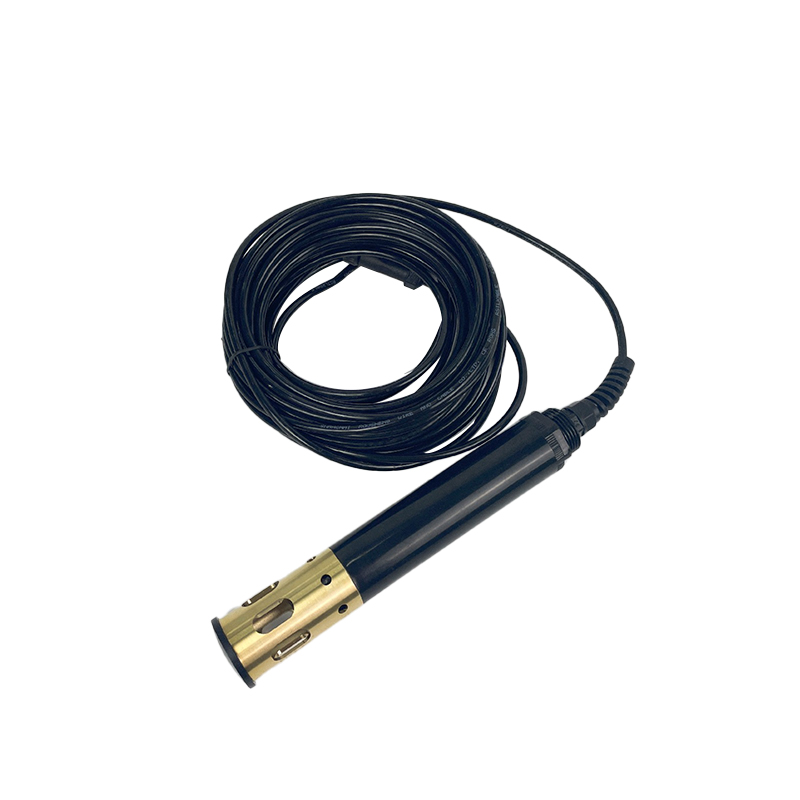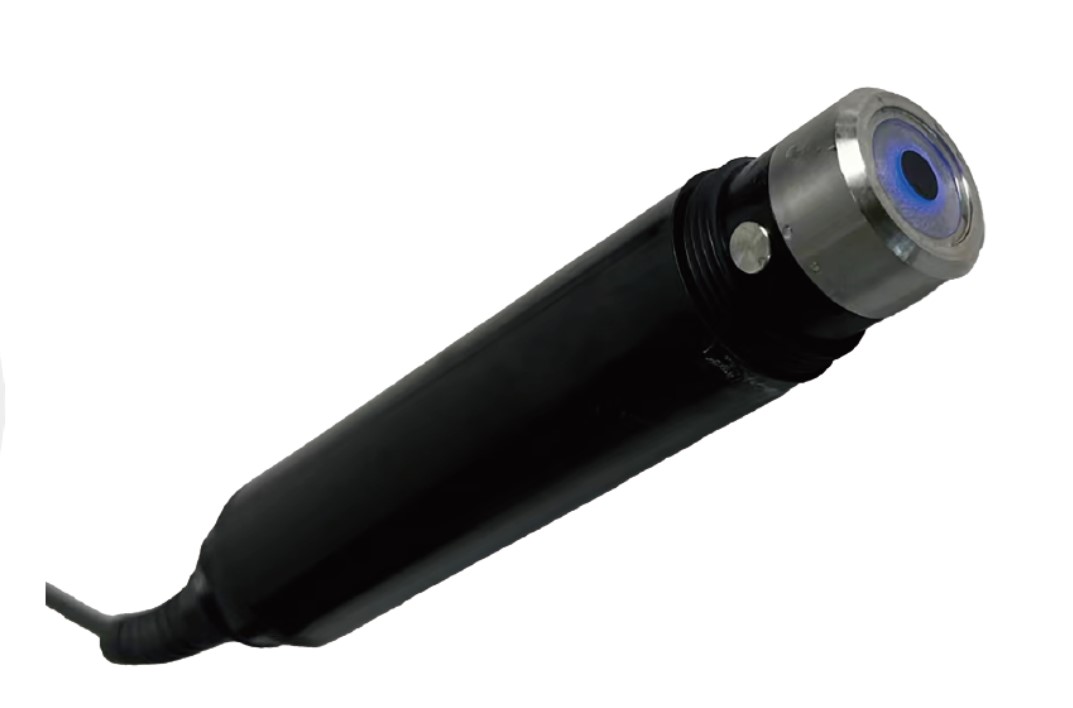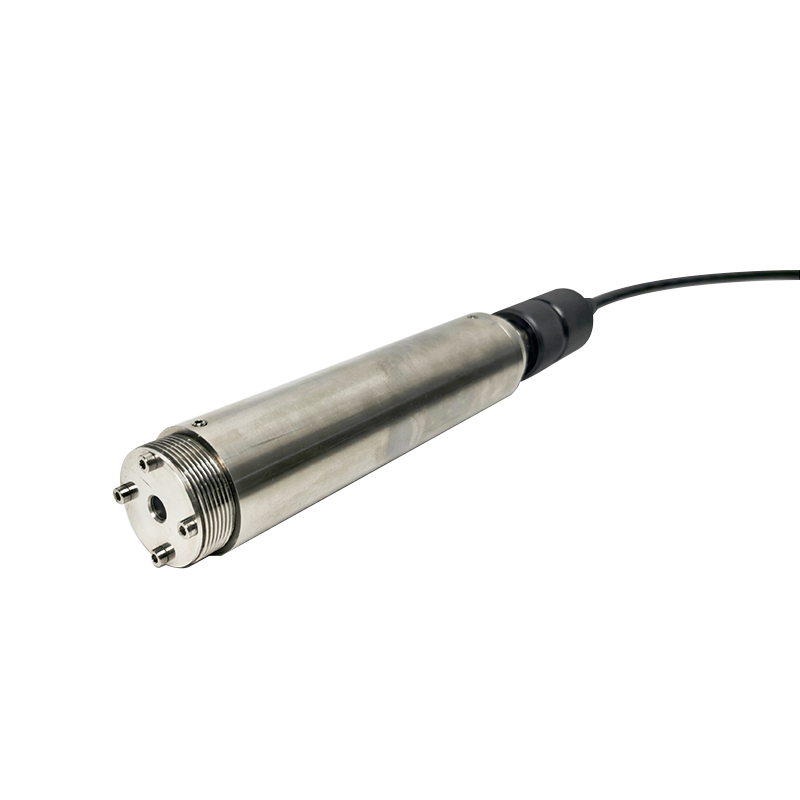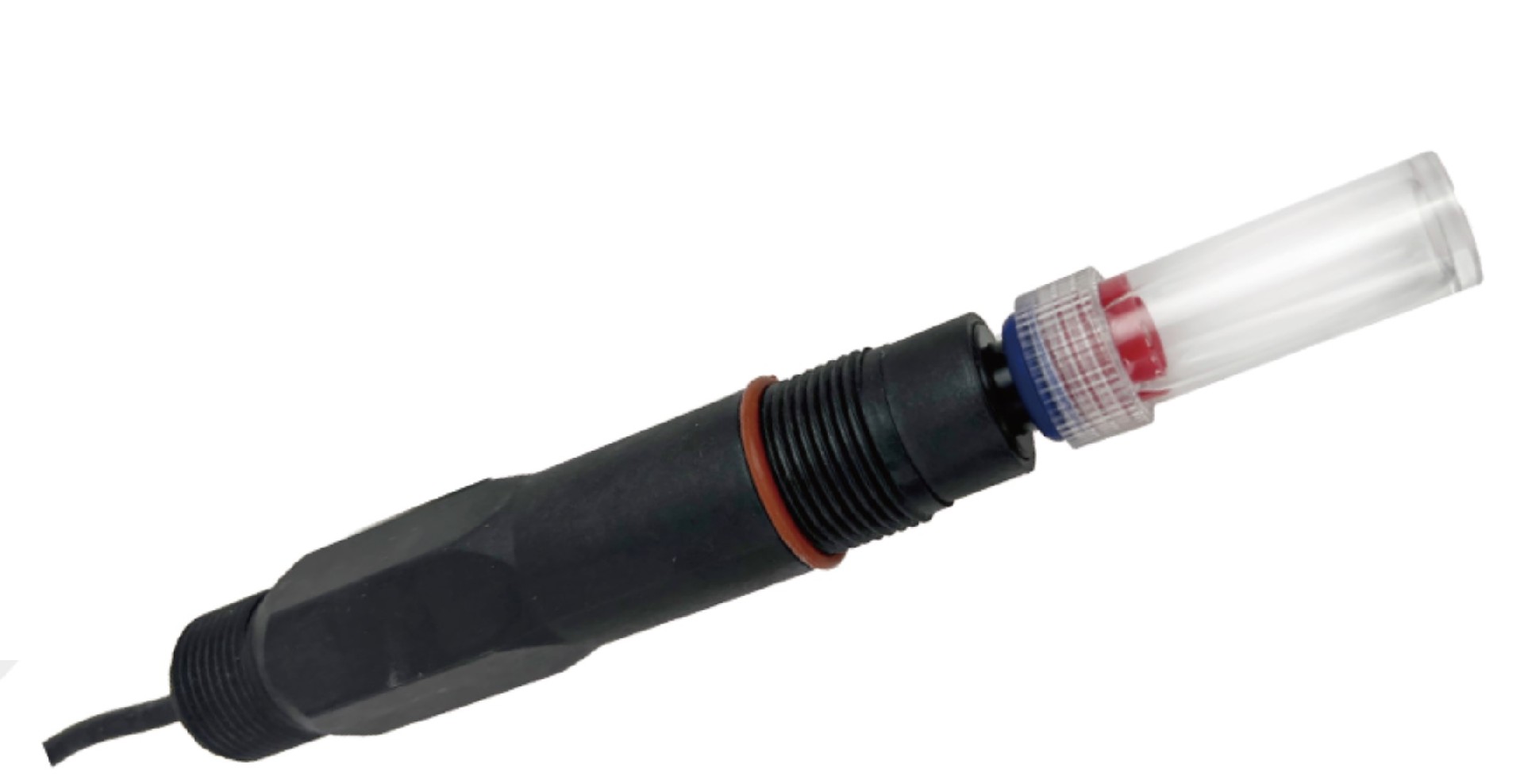What is ammonia nitrogen?
Ammonia nitrogen refers to compound nitrogen that exists in the form of ammonia or ammonium ions, that is, nitrogen in water that exists in the form of free ammonia (NH3) and ammonium ions (NH4+). Ammonia nitrogen is a compound nitrogen that exists in the form of free ammonia (NH3) and ammonium ions (NH4+). Ammonia nitrogen is a nutrient in water, which can lead to eutrophication and is the main oxygen consuming pollutant in water. It is toxic to fish and certain aquatic organisms.
There are many methods for detecting ammonia nitrogen, mainly divided into chemical and physical methods. There are several main chemical methods:
1. Principle of Nessler's reagent spectrophotometry
The alkaline solution of mercury iodide and potassium iodide reacts with ammonia to form a light reddish brown colloidal compound, whose chromaticity is directly proportional to the ammonia nitrogen content. Its absorbance can usually be measured within the wavelength range of 410~425nm to calculate its content.
The detection concentration of this method is 0.025mg/L (photometric method), with a detection upper limit of 2mg/L. Visual colorimetry is used, and the detection concentration is 0.02mg/L. After appropriate pretreatment of the water sample, this method can be used for the determination of ammonia nitrogen in surface water, groundwater, industrial wastewater, and domestic sewage. Many portable ammonia nitrogen meters on the market use this method to detect the content of ammonia nitrogen in water. This type of ammonia nitrogen analyzer in water not only ensures the stability of the results, but also is portable and convenient, which is highly favored by many enterprises.
2. Principle of Salicylic Acid Hypochlorite Photometric Method
The principle of salicylic acid hypochlorite spectrophotometric method is that in the presence of sodium nitrite ferrocyanide, ammonium reacts with salicylate and hypochlorite ions to form blue compounds, which have significant absorption at a wavelength of 697nm. The absorbance is measured at this wavelength and the content value is calculated.
This method has a detection limit of 0.01mg/L and a detection upper limit of 1mg/L, and is suitable for the determination of ammonia nitrogen in drinking water, domestic sewage, and most industrial wastewater. This method is affected by the interference of cations such as calcium and magnesium, and can be shielded by adding potassium sodium tartrate.
3. Principle of titration measurement
This method is only applicable to water samples that have undergone distillation pretreatment. Adjust the pH value of the water sample within the range of 6.0-7.4 and add magnesium oxide to make it slightly alkaline. Ammonia released by heating distillation is absorbed by boric acid solution. Methyl blue methylene blue is used as an indicator, and the ammonium in the distilled solution is titrated with a standard solution. When the solution contains substances that may be distilled out under these conditions and react with acid during titration, the measured data will be higher.
4. Principles of meteorological molecular absorption spectroscopy determination
Add sodium hypobromate oxidant to the water sample, oxidize ammonium and ammonium salts to nitrite, and then determine the ammonia nitrogen content in the water sample using nitrite nitrogen meteorological analysis absorption spectroscopy.
The lower limit of this method is 0.005mg/L, and the upper limit is 100mg/L. It can be used for the determination of ammonia nitrogen in surface water, groundwater, and seawater.
5. Principle of ammonia gas sensitive electrode method for measurement
The ammonia gas sensing electrode is a composite electrode, with a pH glass electrode as the indicator electrode and a silver chloride silver electrode as the reference electrode. This electrode is placed in a plastic sleeve filled with 0.1mol/L ammonium chloride solution. The end of the tube is tightly attached to the sensitive film of the indicator electrode, which is equipped with a hydrophobic semi permeable film to separate the inner electrolyte from the outer test solution. There is a thin film between the inner electrolyte and the pH glass electrode. When a strong alkaline solution is added to the water sample to increase the pH above 11, the ammonium salt is converted into ammonia. The generated ammonia passes through the semi permeable membrane due to diffusion (water and other ions cannot pass through), causing the NH3+H2O=NH4++OH - reaction in the ammonium chloride electrolyte film layer to shift to the right, causing a change in the hydroxide ion concentration. The change is measured by a pH glass electrode, and the electromotive force measured at a constant ion strength shows a certain linear relationship with the logarithm of the ammonia nitrogen concentration in the water sample. Therefore, the ammonia nitrogen content in the sample can be determined from the measured potential value.
The physical method is mainly the ion electrode method
The emergence of ion selective electrode probes has greatly enriched the way to obtain important water quality data such as ammonia nitrogen. Not only is the volume small enough, but the cost is also reduced by nearly an order of magnitude compared to traditional wet chemical analyzers, thus obtaining large-scale commercial use. The ion electrode method for measuring ammonia nitrogen does not require reagents, is green and pollution-free, and can be monitored in real-time online. Integrate ammonium ions, potassium ions, pH, and reference electrodes to automatically compensate for potassium ions, pH, and temperature in water. Can be directly installed, compared to traditional ammonia nitrogen analyzers, it is more economical, environmentally friendly, convenient and fast. The sensor comes with a self-cleaning brush, which can prevent microorganisms from adhering, making maintenance cycles longer and more reliable.










